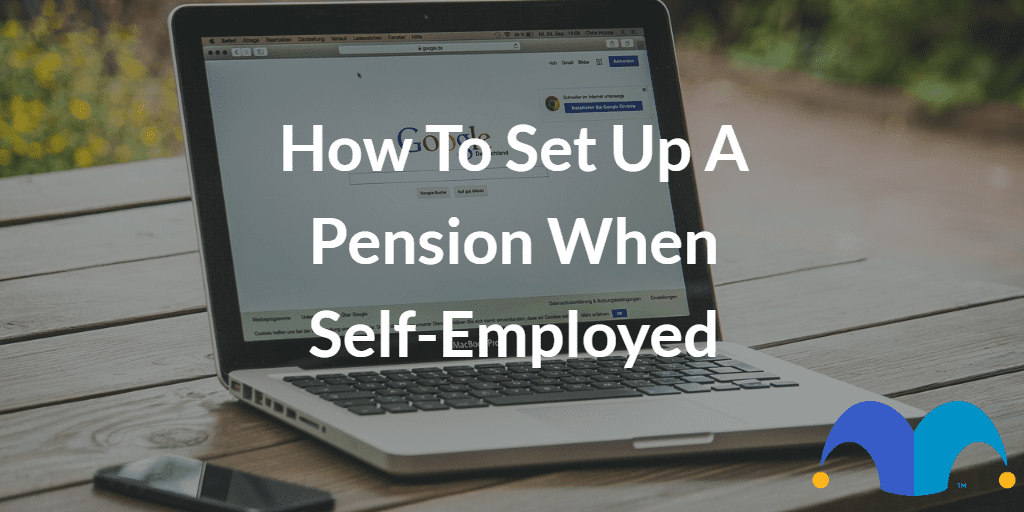There are some definite perks to being self-employed. Being your own boss means you can choose your own hours. But when it comes to pensions, it has its downsides. With no auto-enrolment scheme or employer contributions, it’s up to you to set up and save for your own pension. Let’s take a look at how to set up a pension when self-employed.
The self-employed pension gap
The pension gap for the self-employed in the UK is widening. According to recent figures from the DWP, self-employed pension participation has dropped from 21% in 2009/10 to just 16% in 2019/20.
The auto-enrolment scheme has ensured that most UK employees are now placed in a workplace pension scheme. But with no equivalent for the self-employed, it’s up to you to set up a pension.
Having retirement savings for later life is important. And there are other benefits to having a pension, like a tax top-up from the government and low-cost access to professional investment managers. So let’s take a look at how to set up a pension when self-employed.
How to set up a pension if you’re self-employed
If you are self-employed, you can set up a personal pension to save for your retirement. But before you do that, there are a couple of things to think about:
- Your old workplace or personal pensions. You may already have a workplace pension or private pension from a previous role. Therefore, it would be worth thinking about whether you want to combine your existing pension and any new pension into one big pension pot. Providers like PensionBee let you combine and transfer your pensions into one plan to make them easier to manage.
- Flexible contributions. The nature of self-employment is that your income may be unpredictable. So finding a provider that lets you make contributions as and when you like is a good idea.
It’s also worth noting that there are different types of personal pensions. So before committing to a provider, have a think about which of the following types would suit your needs.
Personal pension
A personal pension is offered by most large providers. When you set one up, you will be given a choice of pension funds, which will then be managed by professional money managers. The value when you retire will depend entirely on how much you’ve paid into it and how your investments perform.
Self-invested personal pension (SIPP)
A SIPP lets you choose how your savings are invested. It’s a type of defined contribution personal pension. So again, the value of your pension pot depends on the amount you pay in and the performance of your investments.
Stakeholder pension
Stakeholder pensions are arranged between an individual and their pension provider. They typically have a cap on their charges and offer a default investment strategy. This can be helpful if you don’t want to make investment decisions.
Key takeaways
If you are one of the many self-employed Brits who do not have a pension, it is worth thinking about getting one started.
Saving for your retirement can make a big difference in later life. While you will still be eligible for the State Pension, this is not enough to live comfortably on. So having your own pension plan in place is a financially savvy move to make.
